If you have a sizeable collection of sports trading cards, you could be sitting on a secret gold mine of unforetold value. Before you can start selling some of your cards, though. You’ll have to send them off to be graded to determine the condition, legitimacy, and worth of your collection. If you’ve never sent sports cards to be graded, you’re probably wondering how to do so.
Once you have found a reputable card grading company, package your cards and send them off to the service. The grading company will evaluate your cards on a scale of 1 to 10, with 10 being the highest. This rating will be based on the legitimacy and condition of your cards. Once the company returns your collection, you can then start selling the cards based on their value.
In this guide, we’ll walk you through everything you need to know about getting your collection of sports cards graded. We’ll talk about whether it’s worth getting cards graded and what goes into the process of evaluating sports cards.
So, if you’re ready to cash in on your collection. Or just want more information about the quality of your cards, let’s get started!
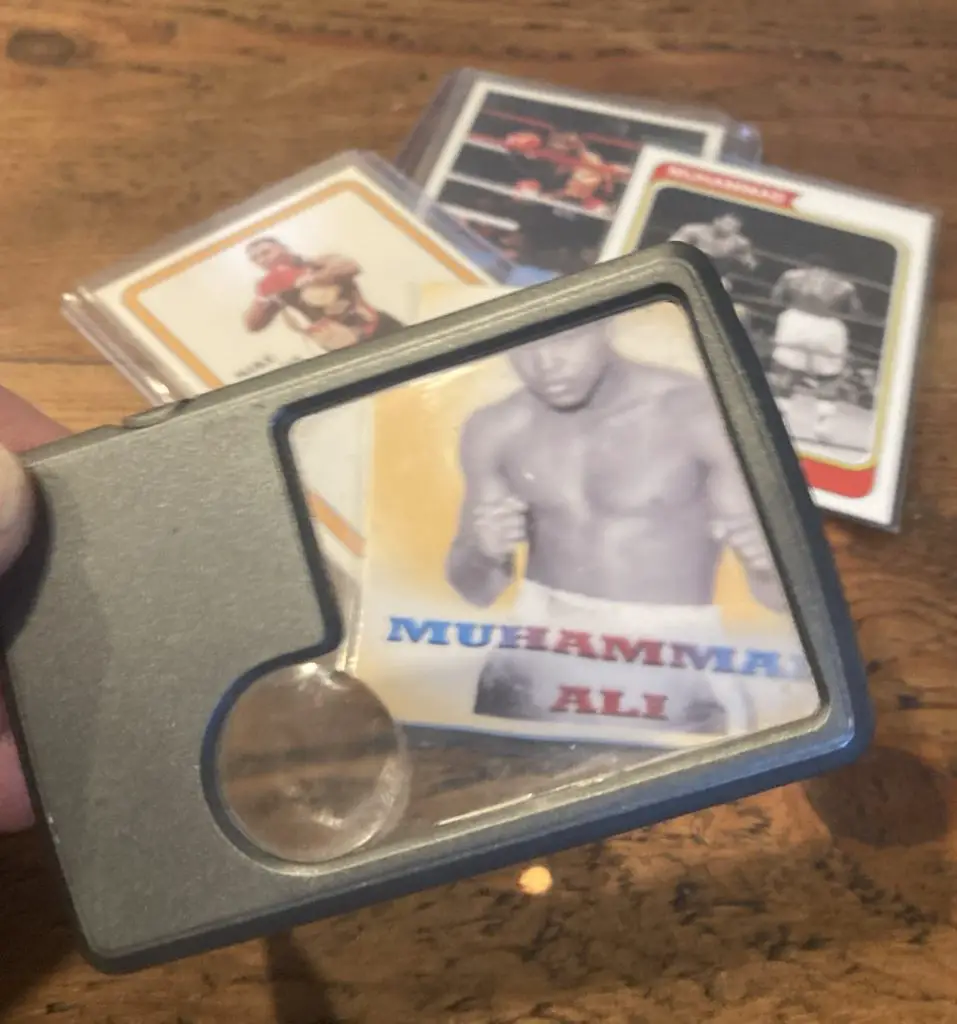
How to Get Your Sports Cards Graded
From start to finish, the entire process of getting your sports cards graded is quite easy. It can take a few weeks depending on the number of cards you want to be graded. But you’ll spend most of this time waiting to hear back from a grading company.
To send your cards off to be graded, follow these instructions.
Step 1 – Find a Reputable Card Grading Service
The first thing you need to do is find a reputable sports card grading company. After all, there’s no point sending your cards off to be graded if the grading service isn’t respected or staffed by qualified professionals. Ideally, the card graders should have a wealth of experience and knowledge that’s been thoroughly tested by the company.
Although you can find lesser-known options, the current industry leaders include:
- PSA (Professional Sports Authenticator)
- SGC (Sportscard Guaranty Corporation)
- BGS (Beckett Grading Services)
- JSA (James Spence Authentication)
These services are known to thoroughly vet all of their graders and can provide high-quality authentication at a reasonable price. We recommend checking out their individual websites to learn more about their services. And also to get an idea of their prices.
Step 2 – Request a Quote for the Cards You Want to be Graded
The next step is to determine which cards in your collection you want to grade. Not every card is worth grading, as it can be a costly process. You should only really consider grading cards that are rare. Or those in excellent condition, or that have the potential to be worth a lot of money.
Once you’ve determined which cards you want to grade, request a quote. Usually through the grading service’s website and begin packaging your cards. The service will prepare for your shipment and assign an order number that corresponds with your details.
Step 3 – Package and Ship Your Sports Cards
When packaging your cards for shipment, it’s important to use a sturdy box. Use plenty of packing material to protect your cards during transit. You should also include an inventory list of the cards you’re sending. As well as your contact information, in case the grading company needs to get in touch with you.
We recommend using a paid shipping service, such as FedEx or UPS to securely send your valuables. If you prefer to use the US Postal Service, you can pay for an additional important document shipping option to help insure your package. However, if the grading service offers a package deal that includes shipping in the total price, you’ll have to use their preferred postal service.
Step 4 – Wait for Your Cards to Be Graded
Once the grading company has received your shipment, they’ll send a confirmation email to notify you that they’ve begun processing and grading your cards. This can take several weeks depending on the company’s current backlog of orders. But once they’ve finished grading your shipment, they’ll let you know and return your cards.
The cards will be graded using a 10-point system, with 10 being the highest rating. The company should provide more information about its grading system on its official websites. Each company grades shipments using slightly different terminology but they generally all stick to the same 10-point system.
If your cards were well rated, you can use that information to advertise your collection as authentic and price the cards as more expensive. Be sure to share information about the rating company and the rating report when you start selling your collection.
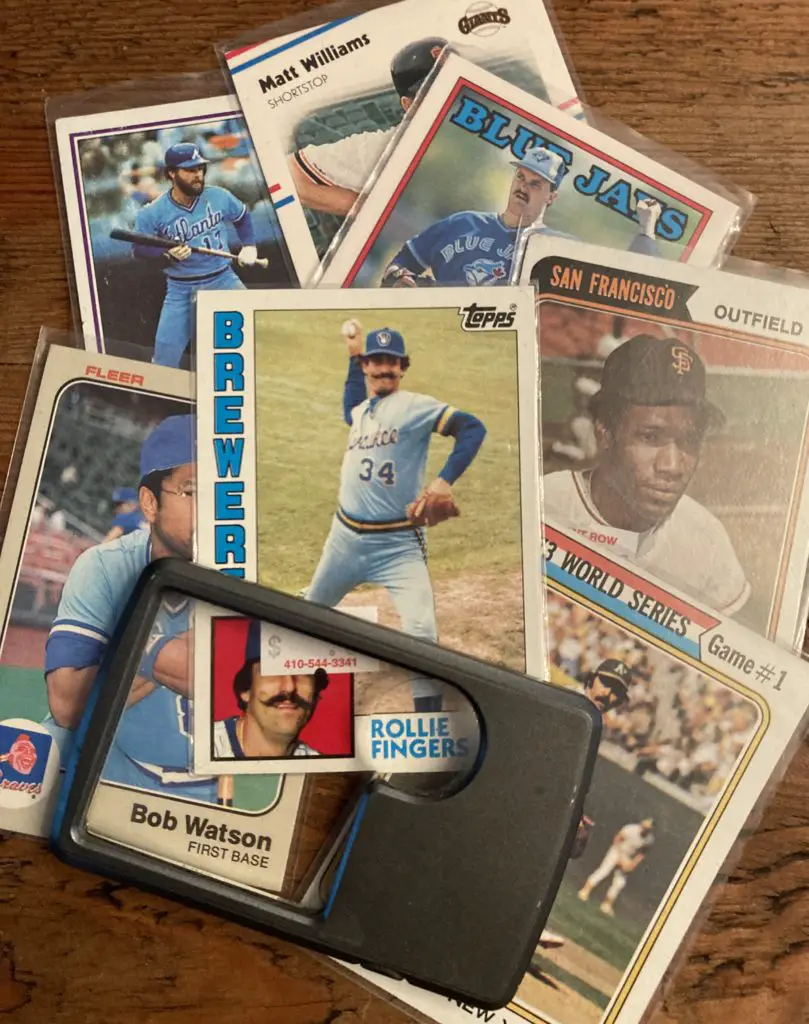
What Goes Into the Rating Report?
When a sports card grading company receives a shipment of cards, they begin to analyze the contents based on:
- The sport
- The player
- The card manufacturer
- The card number
- The year the card was released
- The condition of the card
- The authenticity of the card
After the company has completed its analysis, it’ll generate a report that contains all of this information and more. The report will also include the company’s final grade for each card in the shipment. Along with any relevant information about the card’s condition. This is what’s known as the “slab” and it’s the most important part of the grading process.
What is a slab?
The “slab” is a plastic casing that holds the sports card and the grading report. The casing is tamper-resistant and provides an extra layer of protection for your card. The grading company will seal the slab shut before sending it back to you. So you can be sure that your card hasn’t been tampered with or damaged during transit.
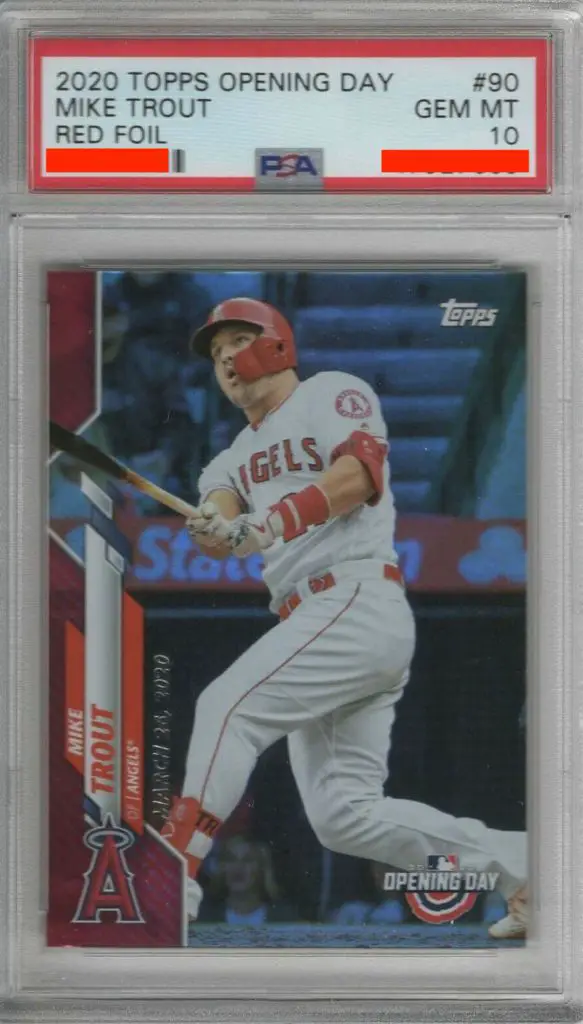
The company will also provide a final grade for the entire shipment. This is known as the “population grade” and it’s based on the average grade of all the cards in the shipment. The population grade is important because it provides potential buyers with an idea of the quality of your collection. A high population grade means that your collection is of excellent quality and is more valuable.
You’ll notice that the report also features a description of any flaws that were found on your cards. For example, if a card was bent or had a crease, the grading company should have made a note in the report. This is important information to have when you start selling your cards because it will give buyers an idea of what to expect.
If you have any questions about the report, don’t hesitate to reach out to the grading company for clarification. They should be more than happy to help you understand their assessment.
How Long Does It Take to Get a Sports Card Graded?
The time it takes to get a sports card graded can vary depending on the company you use and the size of your order. Generally, it can take anywhere from a few weeks to a few months to get your cards back from the grading company. Currently, sports card grading has become quite popular, leading to a backlog of orders across most industry-leading grading services.
If you need your cards graded as soon as possible, you can pay for an additional express service but this will likely cost anywhere from 50 to 100 percent more, depending on the express service and company.
If you’re not in a rush, we recommend that you be patient and simply wait for your shipment to return. Card grading is a high-skill profession that takes time and a close eye for detail.
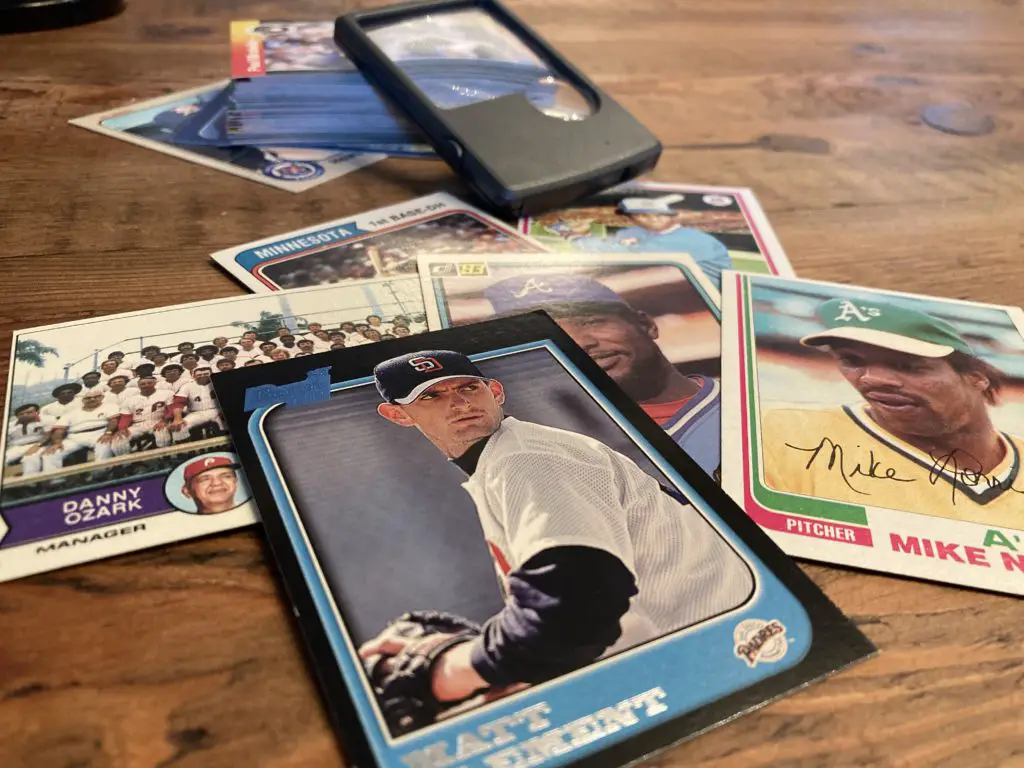
Is it Worth Getting a Sports Card Graded?
This is one of the most common questions we get and it makes sense. It isn’t free to have your cards graded but if they aren’t worth anything, is it really worth sending them off? The answer to this question really depends on the value of your collection and what you plan to do with it.
If you only have a few cards to sell, it might not be worth the money to get them graded. Most of the time, a single card will not be worth the price of shipping and grading, unless it’s rare or in mint condition. However, if you have a large collection or several rare cards, it could be worth the investment to get them graded and authenticated.
At the end of the day, the choice is yours but be cautious about sending your cards off to be graded unless you have a sizeable collection or you are confident that they’re worth some money. Simply grading your cards will not increase their value unless they are inherently worth something. If anything, the grading process could drop their value by highlighting their poor condition or illegitimacy.
How Much Does It Cost to Get a Sports Card Graded?
It’s understandable that you might be hesitant to get your cards graded because of the cost. Although it’s not cheap, the cost of grading your cards may vary depending on which company you use, as well as the number of cards you send.
For example, PSA (Professional Sports Authenticator) charges $100 per card for standard service. This price includes shipping and handling both ways. If you want your cards graded faster, there is an expedited service that will grade your cards in 5 days for an additional $50 per card. Cards that are worth more will also cost more to grade.
Most companies also offer a range of services that can cost more. For example, you could have an autograph verified, an entire pack authenticated, or a combination deal of multiple services. These prices also vary depending on the final values of your cards and the speed with which you want them graded.
To get an accurate estimate of how much it will cost to grade your cards, we recommend getting a quote from the grading company you’re interested in using. Many companies have online forms that will give you an estimate based on the number of cards you want to have graded and the type of service you’re interested in.
What is the Cheapest Way to Get a Sports Card Graded?
The cheapest way to get a sports card graded is to find a company that offers a flat-rate fee, regardless of the value of the cards you’re sending. For example, Beckett Grading Services charges a flat rate of $30 per card, no matter if they’re worth $10 or $10,000.
This price includes shipping and handling both ways. If you have a large collection of cards, it might be worth your while to find a company that charges a flat rate. This can save you a significant amount of money, especially if you have rare or expensive cards that would cost more to grade individually.
Is It Cheaper to Get Cards Graded in Person?
You may be tempted to take your cards to a local grader to save some money. This is a bit of a win-lose. Unless you can verify that the local card grader is qualified to issue a proper authentication report, you’d be wasting your time and money.
However, if you take your cards to a proper industry-standard grading service, such as PSA, you’ll likely spend more to have your cards graded in person. PSA recently announced an in-person grading service at a local convention, with prices starting at $250 per card.
This is more than twice the price of sending a card in by mail but, by paying more, you get immediate results and can skip the long wait times. If you’re willing to go this route, closely follow PSA on social media or subscribe to their emailing list to learn more about their upcoming in-person grading services.
Final Thoughts
Stop sitting on a gold mine when you could get it authenticated. Now that you know how to get your sports cards graded, it’s time to start sending off your collection!
Have you have ever thought about becoming a card grader? If you’re curious and want to learn more, then check out our post here.
If you have any questions about the process or want to learn more about the value of your cards, be sure to check out some of our other guides.
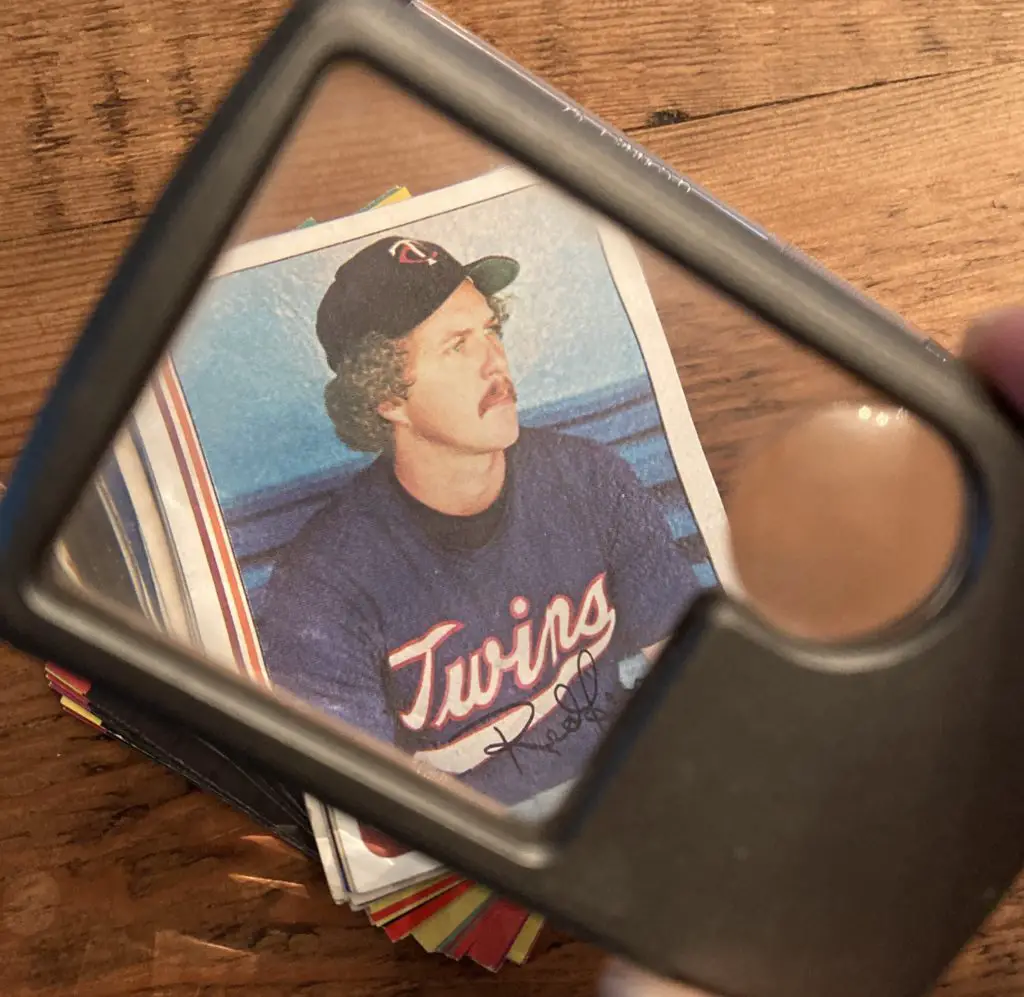
- 7 Classic John Smoltz Rookie Baseball Cards - October 17, 2022
- Best Josh Allen Rookie Cards - October 12, 2022
- Charles Barkley Cards – Top Picks - August 29, 2022

